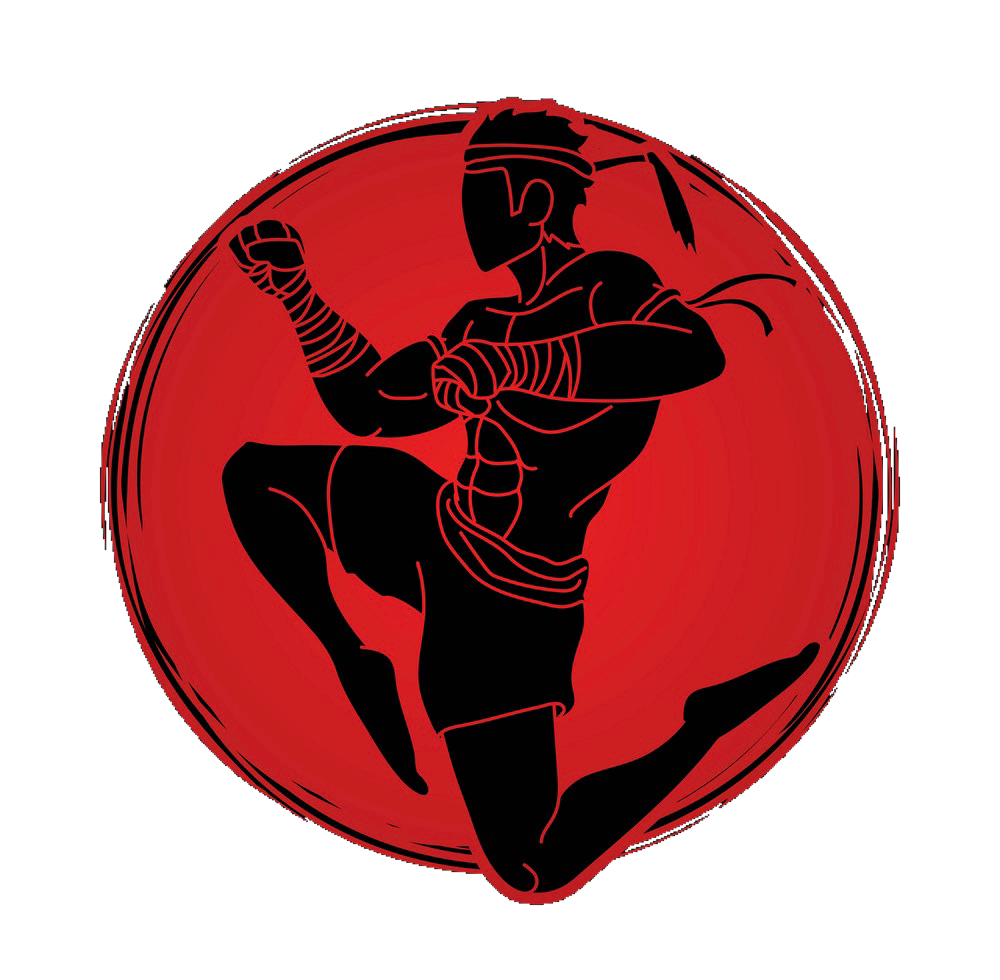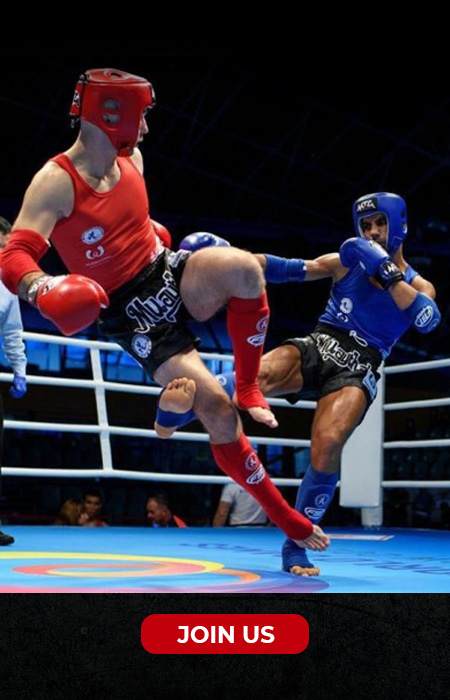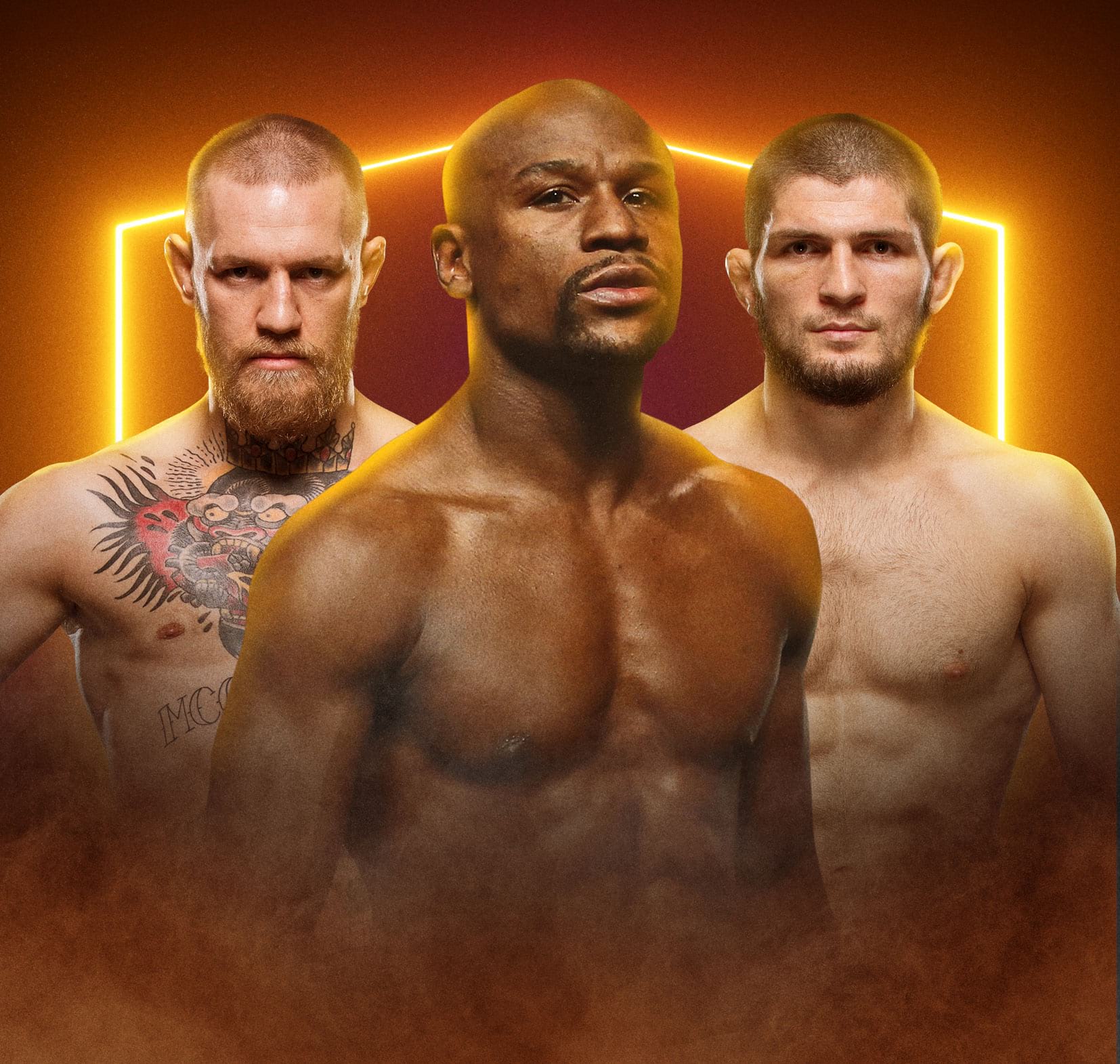The biggest compliment I can pay to the recently retired John Ryder is that his fights should have been broadcast in black and white. He was truly a throwback fighter.
He had to work so hard, and they kept throwing him in with the best – almost like they hoped he’d get beat and go away, and when instead he’d go and win. In lieu of the development fights he deserved, he got the lion’s den.
I saw something special in him. Look at the exciting fights he had against the best super middleweights of his era – which is what Saul “Canelo” Alvarez and Callum Smith were. He also had an exciting fight with Daniel Jacobs – one of the best middleweights.
Seeing his abilities on the inside up close, from Smith’s corner in 2019, meant my respect for him increased round by round. He stood right in the pocket with a champion who until then was blasting opponents away. That kind of ability on the inside increasingly is a lost art.
In 2024 it often looks as though as soon as fighters get on the inside, they want to clinch and grab. They then get broken up by the referee and return to fighting on the outside. There doesn’t seem to be too many trainers who can or want to teach how to fight on the inside – and the evolution of amateur boxing has contributed to that.
For over a quarter of a century there existed in amateur boxing a computer-scoring system that encouraged fighters to run away and fence. Aggression and fighting on the inside weren’t rewarded and slowly, a generation later, the art form has almost died.
The increasing number of fine eastern European amateurs turning professional also excelled with their ability to punch with power, to box, and to move – the great Gennady Golovkin is one who springs to mind.
When the subject of fighting on the inside is raised I think of Roberto Duran, Marvin Hagler – who could be devastating there, and wasn’t given enough credit for it – and Wilfred Benitez. From the era before the existing one Ricky Hatton, who this summer will be inducted into the International Boxing Hall of Fame, was very good. Before Hatton there was Julio Cesar Chavez, Mike Tyson, Juan Laporte and the gold-standard Dwight Muhammad Qawi; before Duran and Benitez there was Eusebio Pedroza and Joe Frazier. Nicolino Locche came before them. Liam Smith and Christian Mbilli are as effective as anyone on the inside today, but it’s not nearly as easy to identify others as it would have been in years gone by.
To stand right in the pocket against the best in the world – fighters who have built their careers on blasting opponents out – and not allow them to touch you is absolute genius. It’s pure craftsmanship in the ring.
Which brings me back to Ryder. He had all of the necessary tools to become the great inside fighter he did – which his trainer Tony Sims truly deserves credit for.
Sims backed Ryder in a way promoters never did, and helped him achieve more than his promoters expected. Ryder’s tenacity meant that at his best he could be on opponents and difficult to keep off – none other than “Canelo” Alvarez will know that better most, because when they fought in May 2023 he thought he was about to stop Ryder.
Alvarez did everything he could to stop him, and couldn’t. Ryder has to have been one of the opponents who most gained his respect, because, even with a broken nose and his face covered in blood, he simply refused to go.
Ryder consistently fought like a hard-nosed throwback fighter and always gave it everything he had – for him retirement is well earned and deserved. It will be a while before we see another as good as him on the inside.
Russ Anber is the founder/CEO of Rival Boxing, as well as a highly respected trainer (of both pros and amateurs), a gym owner, a cut-man, an entrepreneur, a broadcaster and one of the best hand wrappers in the boxing business. Vasiliy Lomachenko, Oleksandr Usyk, Artur Beterbiev and Callum Smith are among the many top boxers Russ works with.



















Leave a Reply